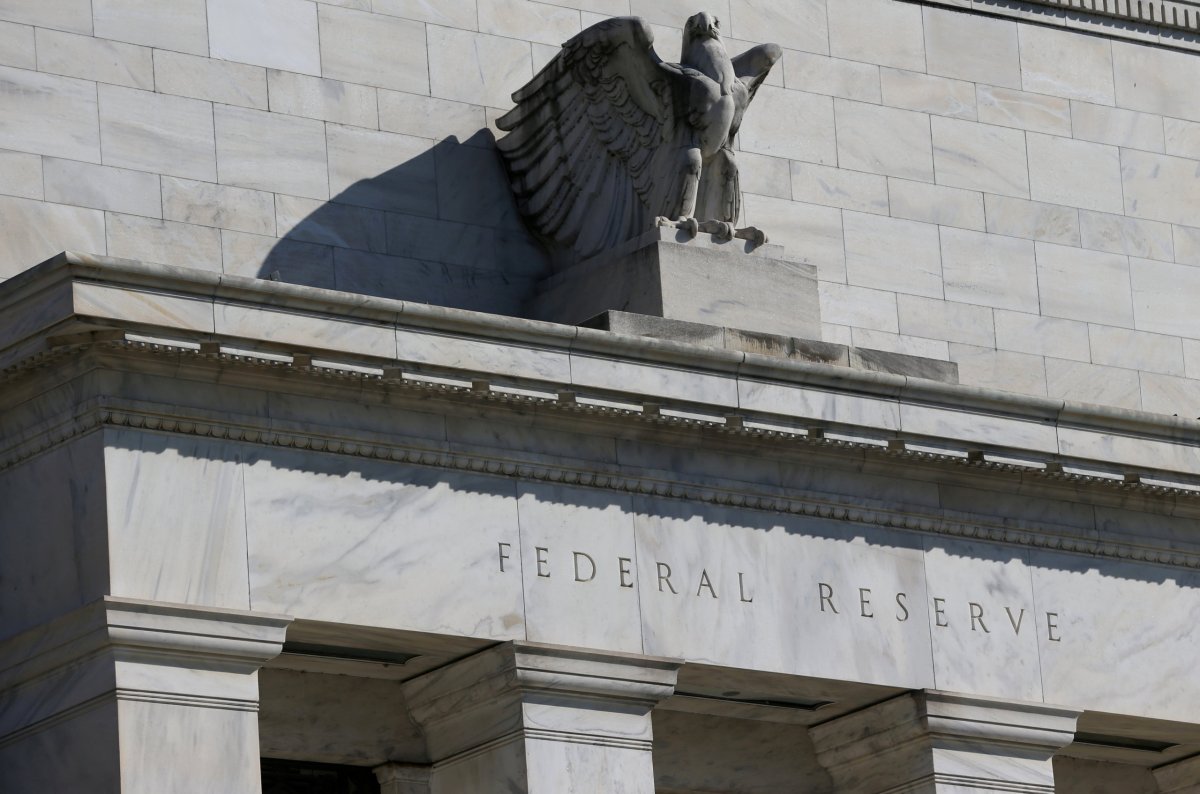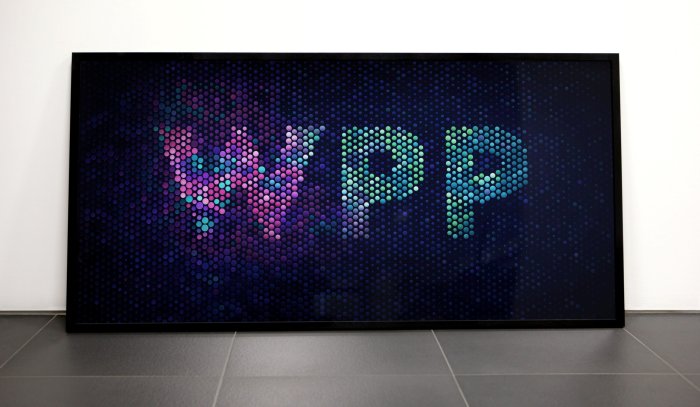(Reuters) – The Federal Reserve has moved into overdrive to try to keep the U.S. economy from suffering lasting damage from the coronavirus pandemic, announcing an emergency interest rate cut on March 3 and rolling out new efforts almost weekly since, including slashing rates to zero and relaunching large-scale asset purchases.
The U.S. central bank, arguably the most powerful financial institution on Earth, has more than $5.3 trillion of assets on its books – the equivalent of roughly a quarter of annual U.S. economic output before the crisis. Its stockpile of assets will grow much larger under the litany of programs it has launched, although some will be held in what are known as special-purpose vehicles, or SPVs, rather than directly by the central bank.
Here’s a look at some of the steps taken by the Fed so far:
** RATE CUTS
The Fed cut rates twice on an emergency basis this month, the first time it has done that since the financial crisis in 2008. The first cut of a half percentage point was on March 3 and the second of a full point was on March 15, which brought the Fed’s overnight borrowing rate for banks back to near zero. The reduction is meant to keep down the cost of loans for banks – and by extension their customers – to ensure borrowers have ample access to credit during the crisis.
** REPO MARKET
The Fed has been intervening in money markets since last fall, when a cash shortage led to a jump in short-term borrowing rates. Policymakers had planned this year to scale back operations in the market for repurchase agreements, or repo, through which dealers can borrow cash. But as the economic threat posed by the coronavirus increased, the central bank pivoted to offering almost unlimited support in the overnight lending markets for cash. On March 31, the Fed also announced that it broadened its repo agreements with foreign central banks, allowing them to exchange their holdings of U.S. Treasury securities for overnight dollar loans.
** QUANTITATIVE EASING (QE)
The Fed first employed QE in the financial crisis, starting in 2008. The idea is that through large-scale purchases of various types of bonds – mostly Treasuries and mortgage-backed securities – it helps ensure that longer-term interest rates like those for mortgages and car loans remain low and helps keep major purchases affordable for consumers and businesses. When it cut rates back to near zero on March 15, the Fed restarted these large-scale purchases and is now doing so with an open-ended commitment.
** DISCOUNT WINDOW
Banks in recent weeks have borrowed the most since 2009 from the Fed’s lending tool of last resort at the urging of the central bank. The so-called “discount window” is rarely used because banks are worried that using it could make them appear weak. But policymakers have lowered the rate charged on the funding to 0.25% and extended the length of the loans offered from one day to 90 days. As of last Wednesday, banks had borrowed more than $50 billion.
** CENTRAL BANK FOREIGN CURRENCY SWAP LINES
The Fed has standing agreements with five other major foreign central banks – the Bank of Canada, European Central Bank, Bank of England, Bank of Japan and Swiss National Bank – that allows them to provide U.S. dollars to their financial institutions during times of stress. The Fed has increased the frequency of the operations to daily from weekly. It also offered temporary swap lines https://www.newyorkfed.org/markets/international-market-operations/central-bank-swap-arrangements to nine additional countries to ease access to dollars, which are in high demand because the liabilities of many foreign governments and companies are denominated in the U.S. currency.
** TERM ASSET-BACKED SECURITIES LOAN FACILITY (TALF https://www.federalreserve.gov/monetarypolicy/talf.htm)
Through an SPV, the TALF program will buy bundles of assets secured by auto loans, credit cards, student loans, loans backed by the Small Business Administration and other types of credit. Its aim is to make sure banks and other lenders such as auto finance companies have ample cash to keep making loans to consumers and businesses during the crisis.
** COMMERCIAL PAPER FUNDING FACILITY (CPFF https://www.newyorkfed.org/markets/commercial-paper-funding-facility)
The Fed reintroduced the CPFF, a tool it used during the last financial crisis, to get money directly into the hands of large businesses, which are major employers. Like the TALF, it will use an SPV to make purchases of commercial paper, an essential source of short-term funding for many companies. The market had come under strain amid worries that companies hit by efforts to slow the spread of the coronavirus would not be able to repay their IOUs.
** PRIMARY DEALER CREDIT FACILITY (PDCF https://www.newyorkfed.org/markets/primary-dealer-credit-facility)
Through this facility, the Fed offers short-term loans to the two dozen Wall Street firms authorized to transact directly with the central bank. The program offers funding of up to 90 days to primary dealers. A similar program run from 2008 to 2010 only offered overnight loans.
** PRIMARY MARKET CORPORATE CREDIT FACILITY (PMCCF https://www.newyorkfed.org/markets/primary-Market-corporate-credit-facility)
With this program, the Fed will act as a backstop for corporate debt issued by highly rated companies. Through an SPV, the PMCCF will buy bonds and issue loans to companies that can help them cover business expenses and stay in operation. The debt must be repaid to the PMCCF within four years.
** SECONDARY MARKET CORPORATE CREDIT FACILITY (SMCCF https://www.newyorkfed.org/markets/secondary-market-corporate-credit-facility)
Closely related to the PMCCF, under this program an SPV will purchase corporate bonds and exchange-traded funds in the secondary market, or the public market where these securities are traded after they are first issued. The market liquidity added by the Fed is meant to stabilize conditions in the corporate bond market and make it easier for companies to raise funds there. Only so-called investment grade securities are eligible for purchase.
** MONEY MARKET MUTUAL FUND LIQUIDITY FACILITY (MMFLF https://www.newyorkfed.org/markets/opolicy/operating_policy_200326)
This new facility is meant to keep the $3.8 trillion money market mutual fund industry functioning even when investors are withdrawing money at a fast clip. The tool offers loans of up to one year to financial institutions that pledge as collateral high-quality assets like U.S. Treasury bonds that they have purchased from money market mutual funds. The Fed indirectly encourages banks to buy assets from money market funds, reducing the odds that the funds will need to sell those assets at a loss to meet redemptions.
(Reporting by Jonnelle Marte; Editing by Dan Burns and Andrea Ricci)

























